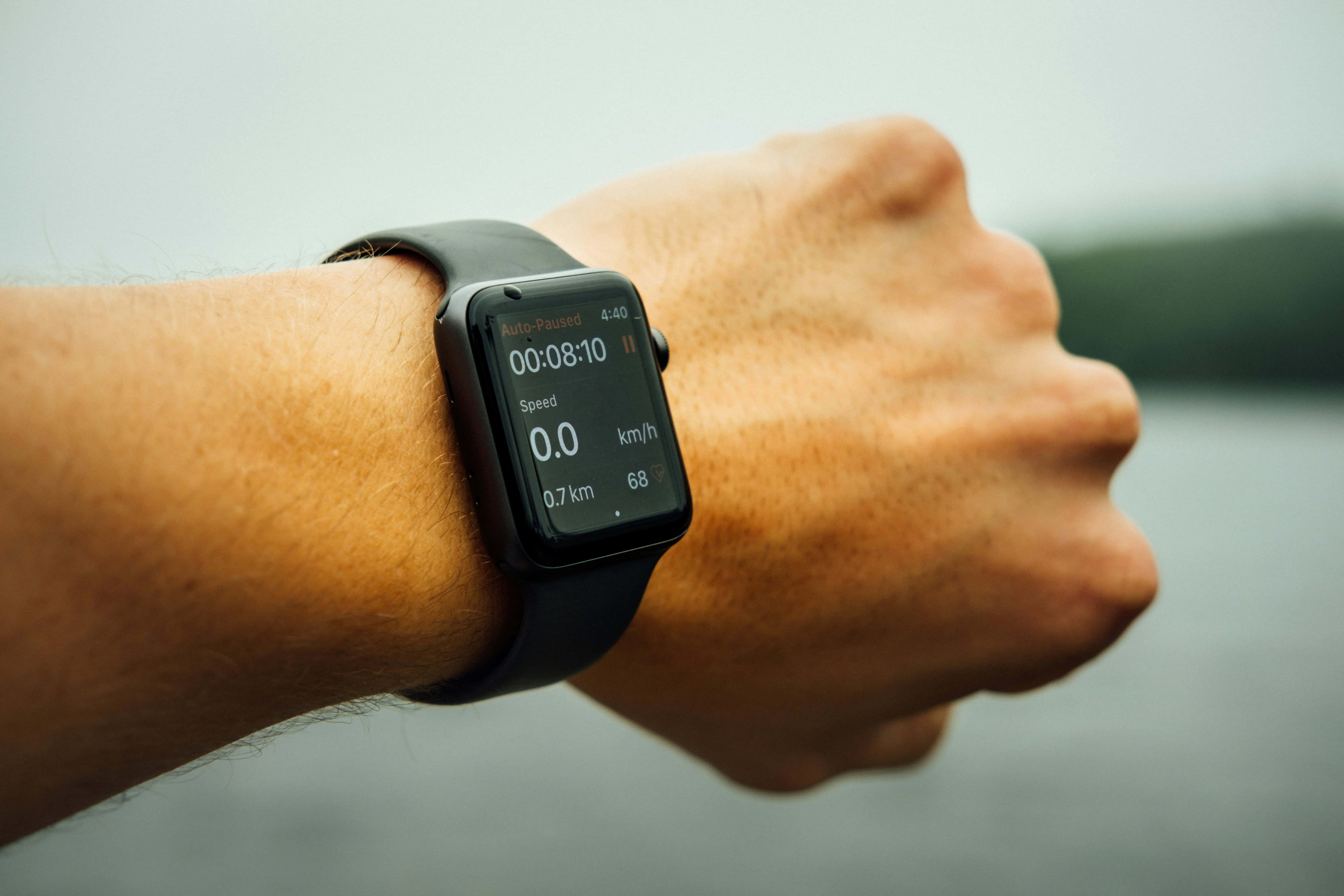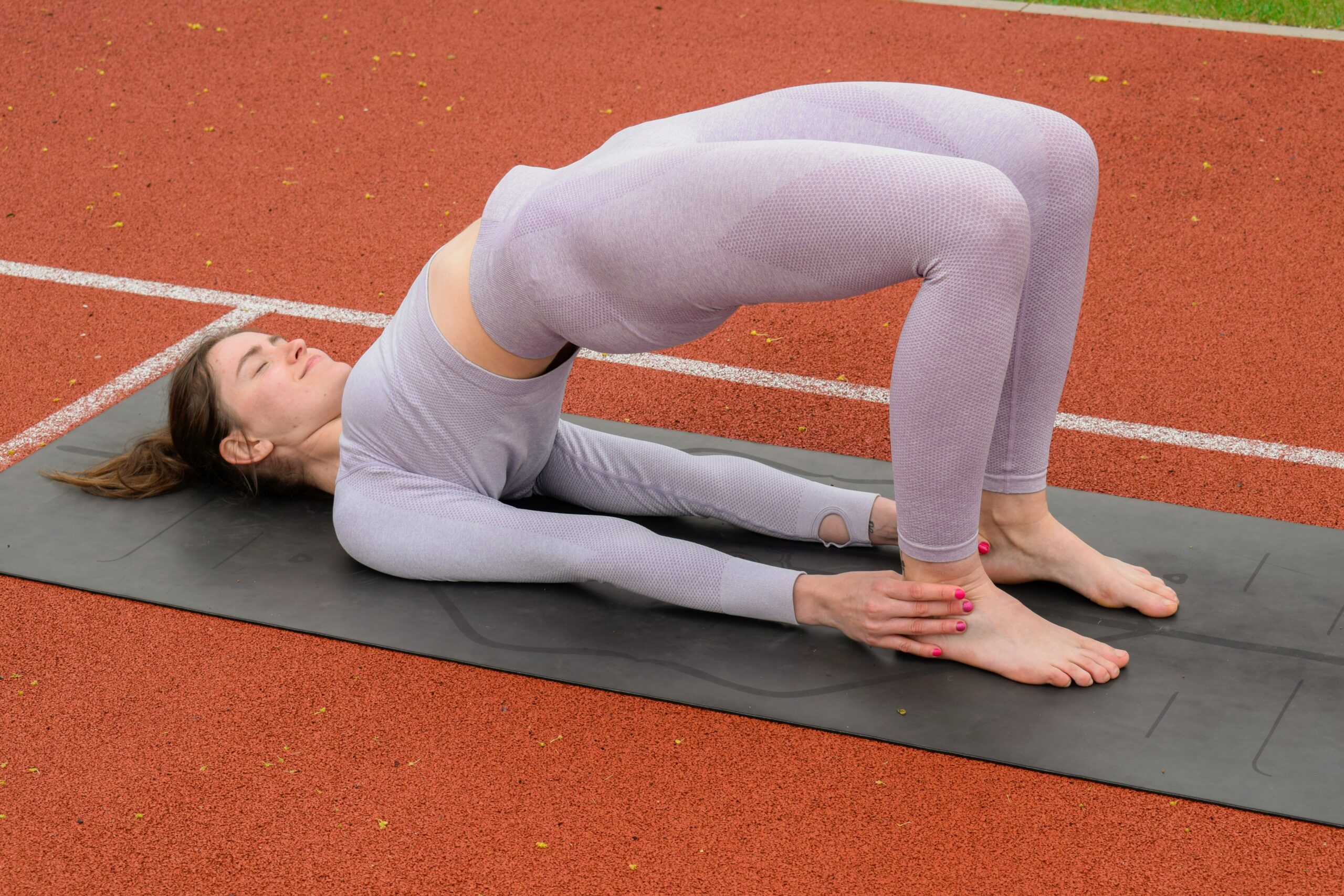Rest is not a break from progress — it’s a critical part of the process.
If you’re putting in time at the gym, tracking your macros, and pushing through tough workouts but not seeing the results you expected, you might be missing one crucial element: proper rest and recovery.
Why Rest and Recovery Matters as Much as the Workout
While lifting, running, or training, your muscle fibres are being broken down. Growth and strength don’t occur during your workouts — they happen after, when your body repairs and rebuilds those fibres.
✅ Rest = Muscle Repair + Strength Gains
Failing to rest properly leads to:
- Slower progress
- Constant soreness
- Increased risk of injury
- Hormonal imbalances (like cortisol spikes)
Types of Recovery: Active vs Passive


1. Passive Recovery
- Complete rest (like a full rest day)
- Quality sleep
- Relaxation techniques (breathing, meditation)
2. Active Recovery
- Light movement (yoga, walking, stretching)
- Low-intensity cardio (like swimming or biking)
🔍 Incorporating both types into your weekly routine boosts circulation, reduces soreness, and speeds up muscle repair.
The Power of Sleep in Recovery
Sleep is the ultimate recovery tool — and yet it’s the most underrated.
- During deep sleep, the body releases growth hormone, crucial for muscle repair
- Aiming for 7–9 hours per night improves:
- Strength
- Energy
- Mental focus
- Fat loss
🚫 Sleep debt = Fitness setbacks. Prioritize sleep like you do your workouts. If you want to learn more about sleep, make sure to check Brain Basics: Understanding Sleep article.


Rest Days Aren’t Lazy — They’re Strategic
Rest days are not a sign of weakness — they’re a planned part of successful training.
In fact, some of the world’s top athletes schedule regular rest days to:
- Avoid burnout
- Improve consistency
- Maintain motivation
- Prevent injuries from overtraining
📌 Tip: Instead of skipping the gym completely, use your rest day for foam rolling, mobility work, or a nature walk.
Signs You’re Not Recovering Enough
Listen to your body. Some warning signs that you need more recovery:
- Persistent fatigue or low energy
- Stalled progress despite effort
- Trouble sleeping or irritability
- Elevated resting heart rate
- Soreness lasting longer than 3 days
- Decline in workout performance
🧠 Recovery is physical and mental. Give yourself permission to step back when needed.
Nutrition’s Role in Recovery


Food = fuel for recovery.
Make sure you’re getting:
- Enough protein for muscle repair (about 1.6–2.2g per kg of body weight)
- Complex carbs to replenish glycogen
- Healthy fats to reduce inflammation
- Hydration — aim for at least 2–3 litres of water daily
💡 Consider recovery supplements such as BCAAs, magnesium, or electrolytes after intense sessions — especially if training multiple times a week.
Sample Recovery Week Plan
| Day | Activity |
|---|---|
| Monday | Strength Training |
| Tuesday | Active Recovery (light walk) |
| Wednesday | Strength or Cardio |
| Thursday | Rest Day (foam rolling, stretching) |
| Friday | Full-body Strength |
| Saturday | Outdoor Activity (hike, swim) |
| Sunday | Rest or Gentle Yoga |
Balancing intensity with recovery is key to long-term success.
Long-Term Benefits of Prioritizing Rest
When you take recovery seriously, you’ll start to notice:
- Better performance during workouts
- Faster muscle gains
- Reduced inflammation and fewer injuries
- More motivation and energy
🏆 In short: Recovery = Results
Final Thoughts
Rest and recovery are not a “nice to have” — they’re non-negotiable if you want to grow stronger, feel better, and avoid plateaus.
Make recovery part of your fitness routine — not an afterthought.
✅ Key Takeaways
Always listen to your body — it knows when to slow down
Muscles grow during rest, not during training
Sleep and nutrition are crucial recovery tools
Add active recovery days to stay mobile and improve circulation
Rest days improve consistency and prevent burnout
💡 Looking for supplements like protein powder? Check out our post on Best Protein Powders for Beginners (2025 Review).
